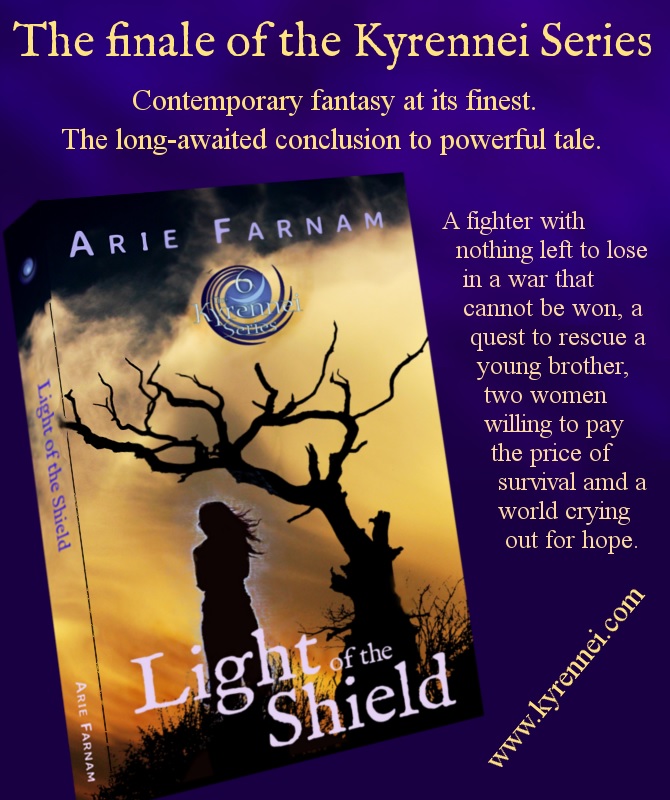Do people who are bullied really turn into bullies?
/There is a vicious, traumatizing and stigmatizing rumor going around about my son and kids like him on social media and even in the mainstream media.
I have run across the remarks and assumptions at least ten times in just the past two days, and I wasn’t looking for them or even aware that such a stereotype existed until very recently. This vicious, hateful and potentially deadly myth has it that people who were bullied as kids become bullies, anti-social adults and/or violent criminals.
A few real-life examples do exist and psychologists call them “bully-victims,” but they are far less common than the popular stereotype assumes.
Creative Commons image by Carolyn Langton
I have recently rejoined the world of social media after a nine-month hiatus prompted partly by a serious incident of online bullying (yes, it happens with adults too) and partly by the exhaustion of homeschooling kids with special needs during successive Covid lockdowns.
And this is what I found on my return. This vicious rumor against people like my son and like me, a stereotype painting people who were bullied as potentially violent and liable to lack empathy. It’s a myth often spread even by those who previously claimed to be allies.
Maybe the myth started with an incident or incidents of violence in which the gun lobby decided to make excuses about how the shooter was once called “wimpy face” as a child and thus the quick and easy availability of semi-automatic weapons had nothing to do with it. Or maybe it was just a way of blowing off steam about empathy-impaired people during the U.S. election. Either way, it is now a pervasive stereotype.
The comments are things like an acquaintance on Facebook posting under a story about a violent police officer, “No excuse for it! He was probably bullied as a kid and this is how he takes it out on others.” Someone else referring to white supremacists as “a$$holes who were bullied in high school." And a passing reference on the television news about the need for bullying intervention to prevent “victims” from becoming mass shooters.
The overall assumption is that a direct link exists between being a target of bullying and future perpetration of violence or cruelty. And that assumption is everywhere these days to the extent that admitting you were bullied as a kid is now more likely to result in distrustful glances than support and empathy.
My first reaction was hurt and irritation, when I heard about this myth. I was a target of bullying and social ostracism as a kid because of my vision impairment, my strange-looking eyes, my secondhand clothes and my family’s alternative spirituality and lifestyle. I had a lot of strikes against me. My son just has being a member of a locally high-profile racial minority, the only non-passing representative of such in his school. But that is plenty to get a kid knocked down and chanted at by groups of bullies.
I have overcome a lot of my past, but it is still hard to see my son going through it for something equally beyond his control. And now he’s saddled with yet one more stigma. Not only is he “a young brown male” and an ESL learner, he is now categorized as a potential perpetrator of violence and cruelty in the popular imagination because of something that was done TO him.
He’s ten and he’s at the tender and naturally open age where he reminds me to include our two cats when I tell someone how many “people” are in our family. Empathy isn’t something he’s lacking.
So, the comments hurt. But then my rational brain kicks in. OK, but maybe there is some significant statistical correlation between being a target and becoming a perpetrator. I sure have had enough rage at times to be able to relate. Maybe I shouldn’t be so quick to judge people who spread this stereotype. So, I go look up the stats.
The National Bullying Prevention Center has a page on bullying statistics. While the site says as many as one in every five kids is “bullied” at some point, there are a lot of things that they call bullying. Name calling and exclusion are considered bullying along side physical attacks. Those who experience pervasive and repeated bullying are a bit more rare, but still more common than most people like to think. Kids with disabilities and those who are identifiable as belonging to a minority race or religion at a given school experience much higher rates of bullying.
There is also a section on the effects of bullying. Unsurprisingly, kids who are bullied end up with increased risk of “depression, anxiety, sleep difficulties, lower academic achievement, and dropping out of school.” Kids who are both bullied and bully others are mentioned but only to note that they have increased risk of emotional and behavioral problems. So do kids who blame themselves for being bullied.
Another researcher, Tracy Vaillancourt, a professor at the University of Ottawa who focuses on “the bullying cycle,” claims that less than 10 percent of bullies can actually be considered bully-victims. Although she contributes to the stereotype somewhat by completely ignoring other bullying targets in her “cycle” theory, Vaillancourt, offers no guess, educated or otherwise, about what percent of targets actually turn into “bully-victims.”
The statistics don’t mention anything about being bullied making one more likely to bully others or more likely to become violent or anti-social in adulthood. In fact, despite a lengthy search, I could not find any study that hinted at this. Given the pervasive stereotype, the lack of any hard evidence makes me think the opposite is more likely true.
I do know from my own experience that being bullied has made me less likely to be a nice, quiet bystander who enables bullies. Hell hath no fury like getting a little light-hearted bullying in and then being hit crossways by a hurricane that was once an ostracized child.
But turn me to bully those even more vulnerable than myself? Not likely.
There was only one moment in my life where perhaps I stood on that precipice. I was huddled in an out of the way corner on a stairway during lunch in seventh grade when someone landed on top of me. I was bruised and my precious colored pencils were broken. I leapt up and grabbed the body of the intruder and started wailing away at his back with my fists. It turned out to be another bullied kid who had been thrown bodily down the stairway onto me.
I wish I could say that the two of us became friends and held out against the bullies together. I did let go of him and stop pounding on him when I heard the bullies laughing and I got a bit of a look at him. But he ran away and never went inside my short visual range again. It’s a story too often played out. Those who suffer from oppression and bullying are driven against one another to ensure that they remain powerless against their assailants.
But even in those worst years of terror and rage, I was never tempted to actually pick on someone else. There is an ingredient missing that I would have needed to make that even slightly appealing. One would have to feel that bringing someone else down or pushing them even further down would somehow raise you up. I know the theory, but none of the emotion behind it resonates. I never felt even a little tempted.
My son was in a tussle in preschool in which a friend grabbed a toy from him and he pushed the other boy. The boy lost his balance and fell over a bench and onto a pile of legos, which scraped his back. Because my son was the only child of color in the preschool and a member of a very controversial group in our area, some of the teachers and parents immediately labeled my son as a dangerous. There was even a petition to have him expelled, which failed without our intervention because there were also honest teachers who reported that my son was no more disruptive or violent than any of the other boys.
Since then, he has been the target of bullying by older boys in school, but otherwise he hasn’t been involved with fighting at school. I believe that after his experiences, he wouldn’t participate in bullying or harassing another kid.
I can’t be so sure that he would have the confidence to stand up to bullies on his own behalf or on behalf of another. Unlike me, my son has the temperament to be a follower or a bystander, but he also is the kind of kid to quickly empathize with another human or creature.
He is now in the period of childhood in which superheroes play a large role. He loves to fantasize about being a hero and stopping the bad guys. In our discussions and in our choices of bedtime reading, the topic is often real historical heroes who fought to protect the vulnerable.
I am not worried that my son may become a bully because he has been bullied. I do worry that he may follow others into unhealthy habits, including exclusion of others, because of his temperament and eager desire to make peace and be part of the group. But this is something that has been part of his nature since long before racist adults went after him in preschool.
Whether it is my tendency toward quick anger or his bent to go along with the crowd, neither of these are a result of. our experiences as targets of bullying, but rather natural characteristics which come from temperament. In the end, it is empathy that prevents people from becoming a bully and lack of empathy that may cause someone to become a bully.
There are actually life experiences which can impair a person’s empathy. Extreme rejection of a child by family, complete isolation from human contact and being raised in an institutional environment have all been linked to dysfunctions of empathy.
Even though I know some experiences can lead to disruption of empathy, I would not willingly participate in labeling those who have suffered such terrible abuse. Where there is real concern the focus must be on healing. The one thing science knows about redressing an actual dysfunction in empathy is that the only treatment is lots more empathy.
But there isn’t even a real concern when it comes to a link between targets of bullying and the perpetration of violence and bullying. There is no such link. Perpetuating such a stereotype is nothing more than piling on with the bullies to rain more blows down on vulnerable kids and the survivors they become.
Please stop it. Don’t make statements based on such an assumption. Don’t joke about it. Don’t speculate based on this stereotype. It does real harm.

















